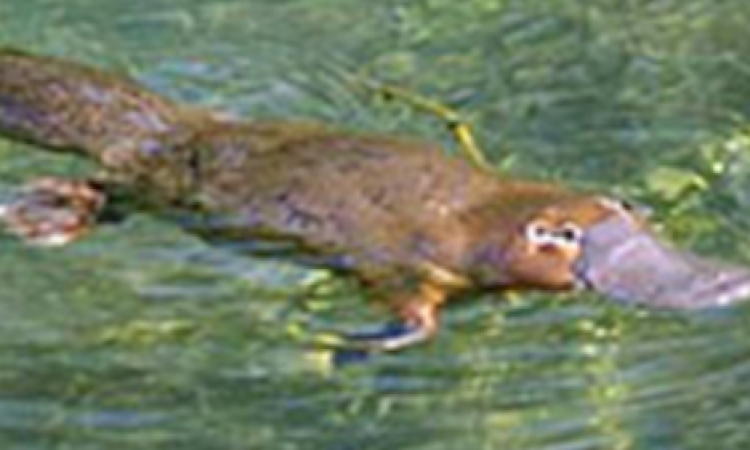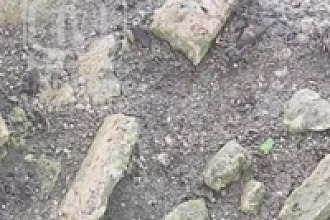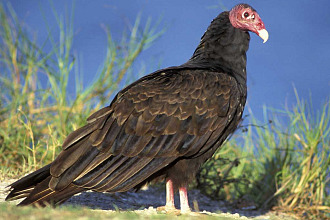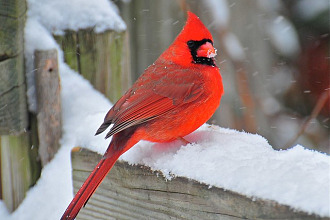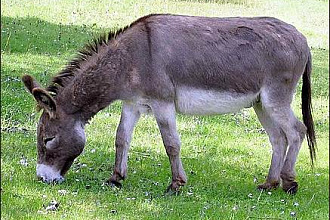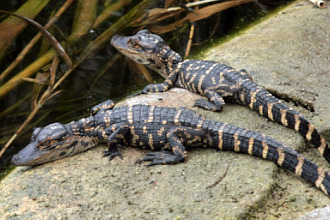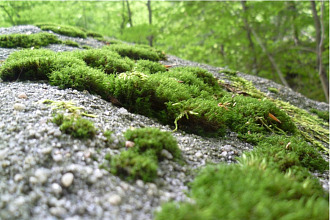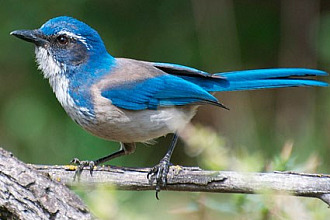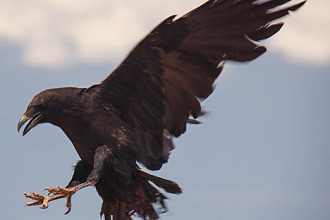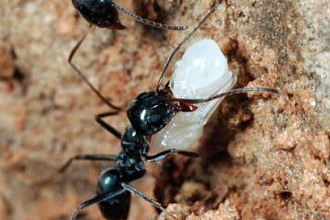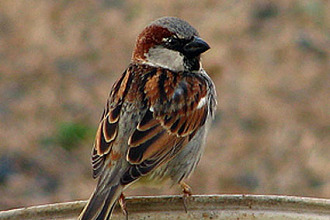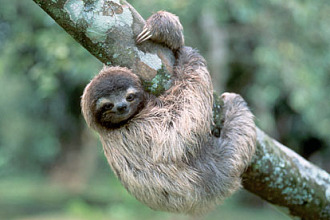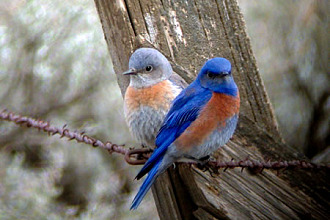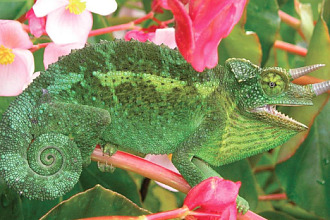With some features of a duck, a beaver, and an otter, the platypus is a mammal without nipples who still nurses, a male with venom and "a show and tell" for our Creator!
The Australian platypus and the long and short-billed echidnas of New Zealand are the only mammals in the world whose babies are not born live, but hatch from eggs. They're also monotremes, meaning they use just one body opening for defecation, urination and reproduction. About the egg-babies: After breeding, the mamma platypus looks for a vegetation-covered riverbank. Then, with the web between her toes not by accident retracted on land-so sharp claws on her hind paws are revealed, she digs into the moist earth making an elaborate, perhaps 60-foot-long burrow. Afterwards she moves into a room in the burrow, and seals herself in. She incubates the eggs with her body for some 10 days, her flat, beaver-shaped tail designed not by accident to double-up against her abdomen so her lima-bean-sized helpless offspring are held securely against her abdomen until they hatch and develop strength.
The platypus (can be single or plural) are carnivorous, and we could classify them among God's cleanup crew of the bottom of the streams, lakes and rivers near where they live. But how do they do that as air-breathing mammals? First, they can hold their breath up to two minutes under water; so they dive below quickly, then use their not-by-accident soft leathery snout to stir up the water at the bottom. They then draw within their mouth-pouches everything that moves, including pieces of rock that have been not by accident "swept up." Once out of the water, after sorting out delicacies of small shrimp, insect larvae and worms, the platypus uses its toothless jaws and those rocks to help grind up everything edible they collected earlier in those pouches! How do they avoid getting water in their lungs? As they dive into water, not by accident built-in skin flaps seal off nasal, eye and ear openings better than a diver's mask! By the way, they don't need to see where they are going under water! Researchers find that not by accident eiectrolocation is involved, which means signals of movements of little creatures that were disturbed when their bill stirred the water were sent to receptors the Creator not by accident placed in the duck-like leathery bill of the platypus and who could then locate their prey during their fishing expedition!
But what about nourishment for the hatched babies sealed in the burrow whenever mamma went out to forage during those three or four months? They are not forgotten by our Creator, even though mamma has no nipples! She was given, not by accident, mammary glands and patches of skin on her abdomen from which her mammary glands ooze milk when her babies find those skin patches in the midst of her thick insulating brown fur and stimulate them by their not by accident nuzzling and suckling!
Where's the male platypus in all this? Well, he has nothing to do with long burrow building or baby care. He is all about reproduction, and it's not wise to bother him! He comes with a spur on each hind foot—attached to a venom gland! It's his not by accident protection from a predator or another platypus making a move on his chosen mate. Since his venom can kill enemies, beware!
The platypus is a prime Not By Accident-example of God's creativity—proving He can make anything work well in a prototype not to be duplicated! We can ponder such ingenuity. But soon we'll get to question Him—about the platypus and more. He WILL return!
"NOT BY ACCIDENT" (c) Juanita Kretschmar is used by permission and was first published in newsletters about A Key Encounter, a Key West, FL, Creation-based, educational tourist attraction. Go to www.akeyencounter.org for additional information, To receive the free newsletter write: AKE, PO Box 177, Big Pine Key, FL 33043
Picture originally found here

